
Cursed Cocktails — S.L. Rowland
“Welcome to the enchanting world of Tales of Aedrea, where small-scale stories, low-stakes adventure, and cozy fantasy come to life within an epic, high-fantasy realm.”
This single-sentence description of this series is what originally captured my interest. Well, that and the fact that this book revolves around cocktails, a city’s first real cocktail bar, and magic. As my reviews in recent years have established, I’m a sucker for food-based fantasies.
Fantasy books.
Books.
‘Pulling at my collar uncomfortably like an old actor in a B&W movie.’
In any case….Cursed Cocktails is the first in a series of books all set in the same realm of Aedrea. Each book follows a different set of characters, though an old favorite occasionally makes a quick cameo—for flavor.
But I’m getting ahead of myself.
In Cursed Cocktails, we meet Rhoren, aka Bloodbane, an umbral elf and powerful blood mage. Who, after thirty years of defending the North from behemoths and the like, has finally reached retirement. Seeking a place to rest his aching bones, as blood magic takes a massive toll on its user, Rhoren travels south to the balmy shores of Eastborne. Where he seeks and finds the next chapter of his life…Although Rhoren’s past isn’t as far removed from his present as he initially thought.
I really, really enjoyed this read. (In point of fact, I’ve reread it several times since first cracking the spine.)
Rowland describes this series as cozy fantasy, and it is. Unlike Game of Thrones, Cursed Cocktails does not contain far-reaching political machinations that frequently end in an assassination, rape, or torture. However, that does not mean Cursed Cocktails lacks action, mystery, or interest. It just means that you can immerse yourself in the book’s 275 pages without worrying about encountering the aforementioned possibly panic-inducing themes and forget for a few moments that the cat knocked over the Christmas tree again, the pile of ugly holiday sweaters that need a wash, or the fact that your yule log looks more like a rotten stick than a delectable cake.
Akin to many of the culinary- and/or mixology-based books I’ve reviewed, Cursed Cocktails seamlessly weaves the cocktail theme into the narrative. That being said, there’s one element I cannot decide whether adds to or detracts from the story — the cocktail recipes themselves.
Rather than fitting them in at the end of the book, as books of this ilk are wont to do, Rowland places them smack dab in the story. Because of the history of these recipes, which I don’t want to spoil your enjoyment of discovering, it makes complete sense why Rowland did what they did. And while they didn’t toss me out of the narrative, I’m not sure everyone is as keen on reading recipes as I am.
So, my advice? Just skim past and continue reading if they’re not your cup of tea because Cursed Cocktails is such a fun read! So don’t miss out!
My 52 Weeks With Christie: A.Miner©2025


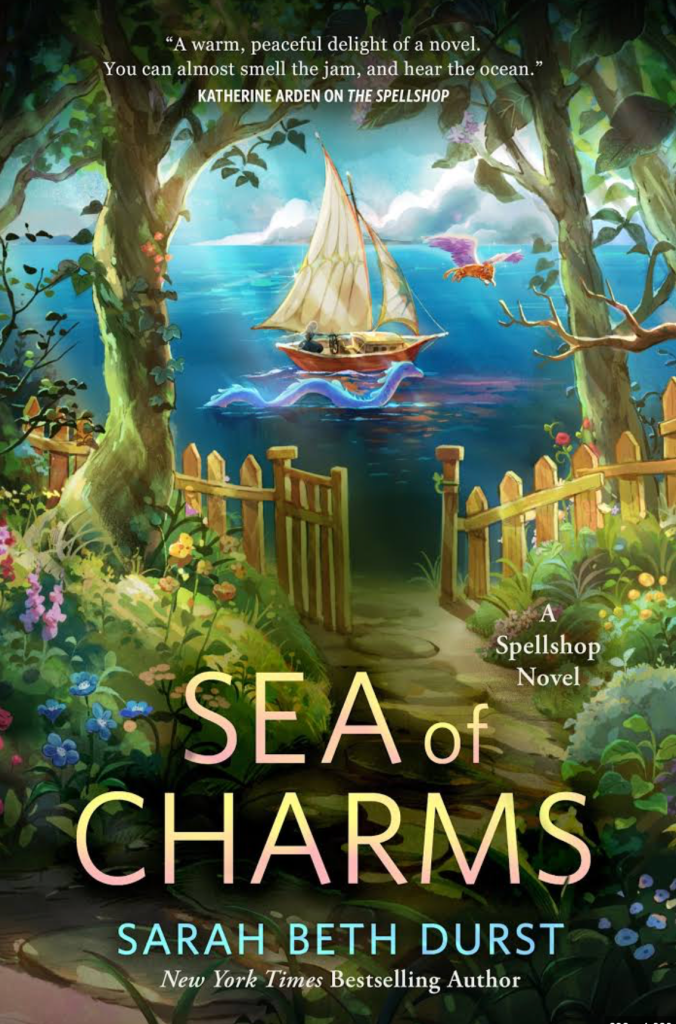
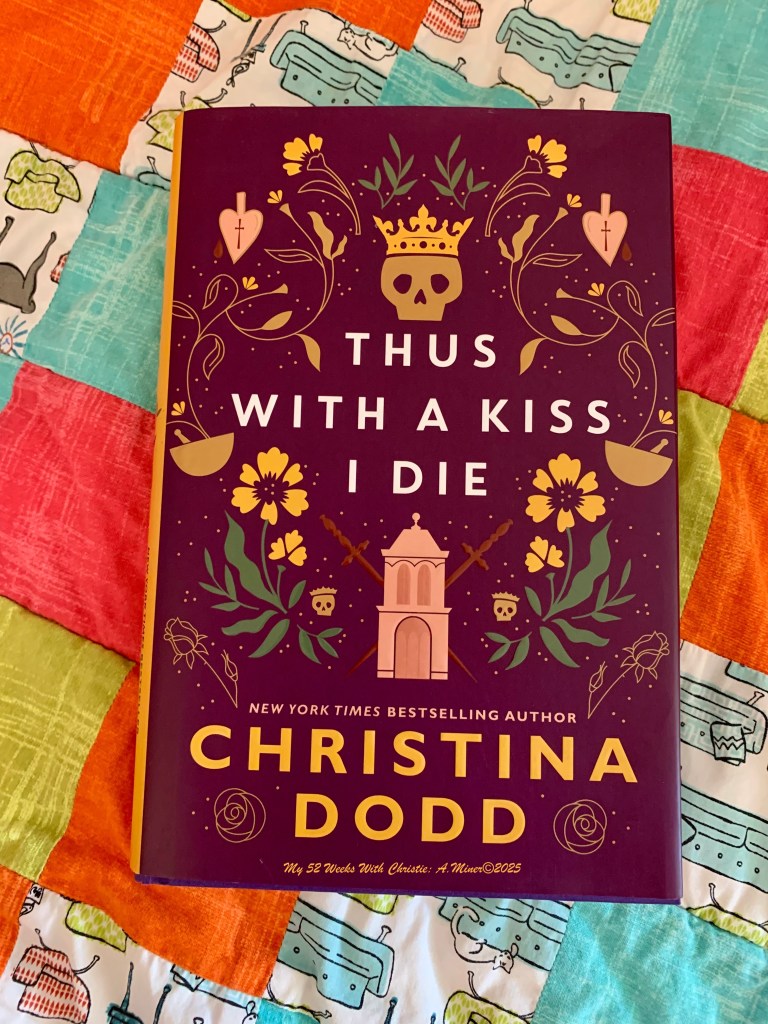

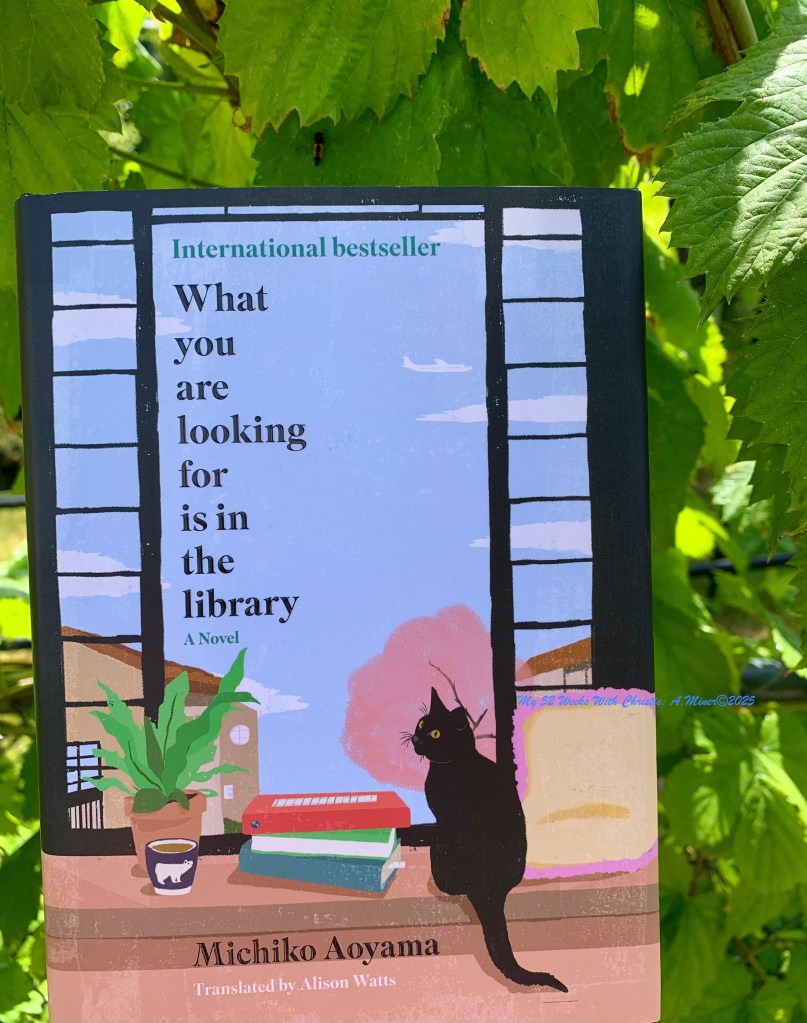


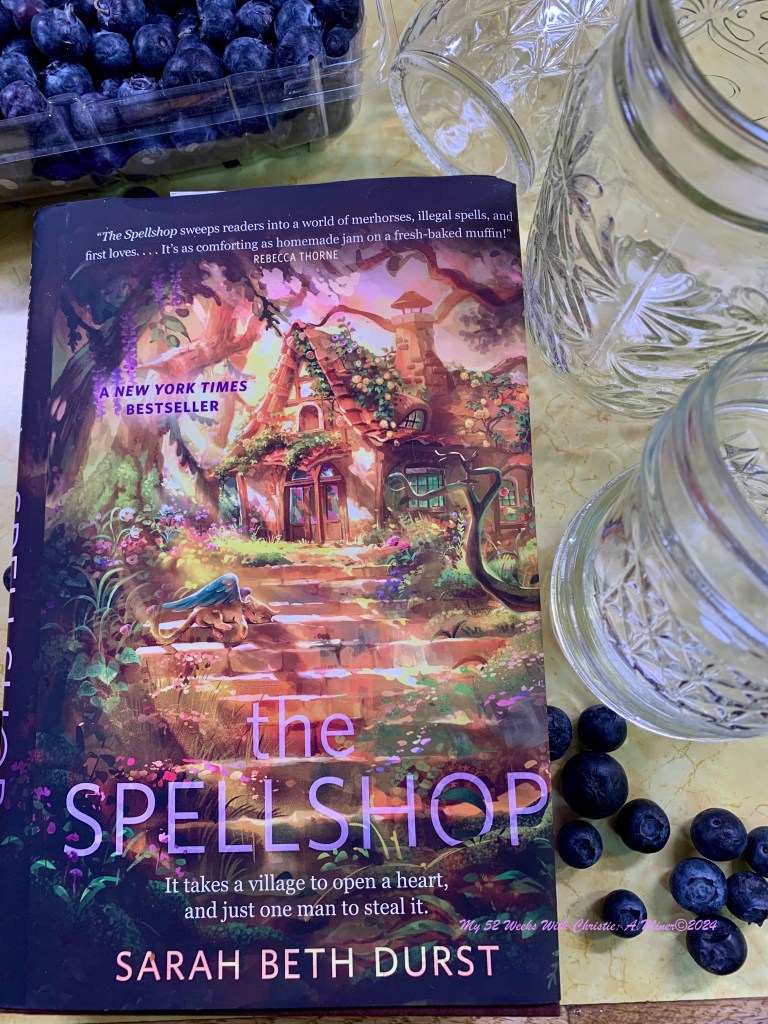
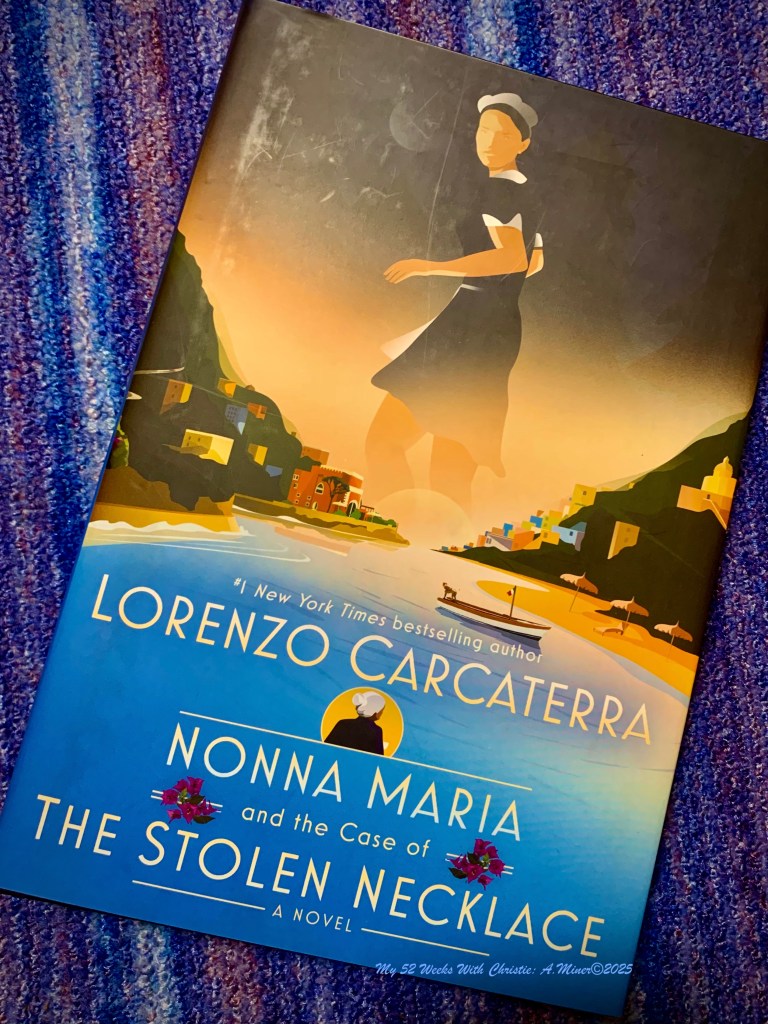

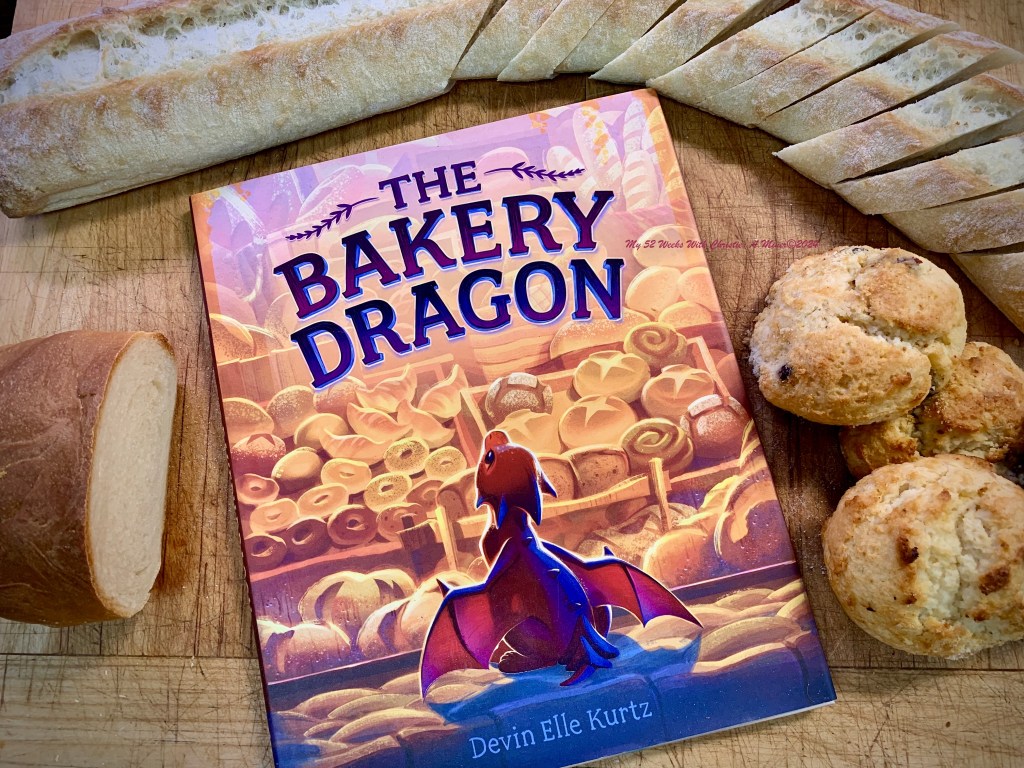

You must be logged in to post a comment.